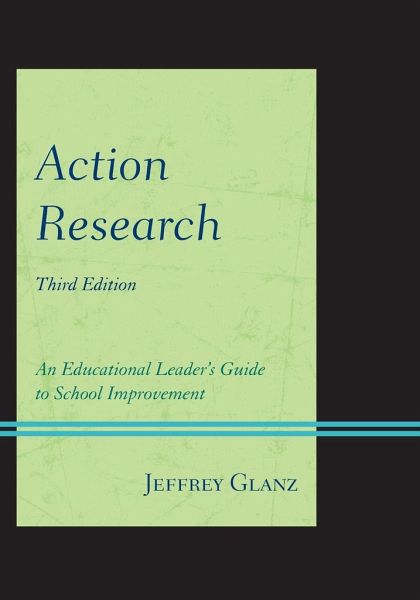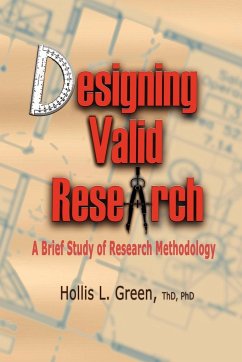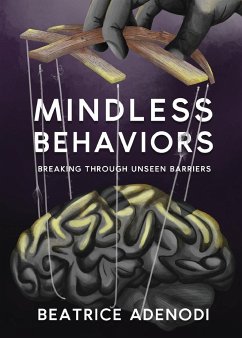
Action Research
An Educational Leader's Guide to School Improvement
Versandkostenfrei!
Versandfertig in über 4 Wochen
83,99 €
inkl. MwSt.
Weitere Ausgaben:

PAYBACK Punkte
42 °P sammeln!
This interactive edition of the widely popular resource features separate chapters introducing quantitative and qualitative research approaches and data analyses. A new chapter outlines how to initiate an action research project and another gives you just what you need to complete a project.














